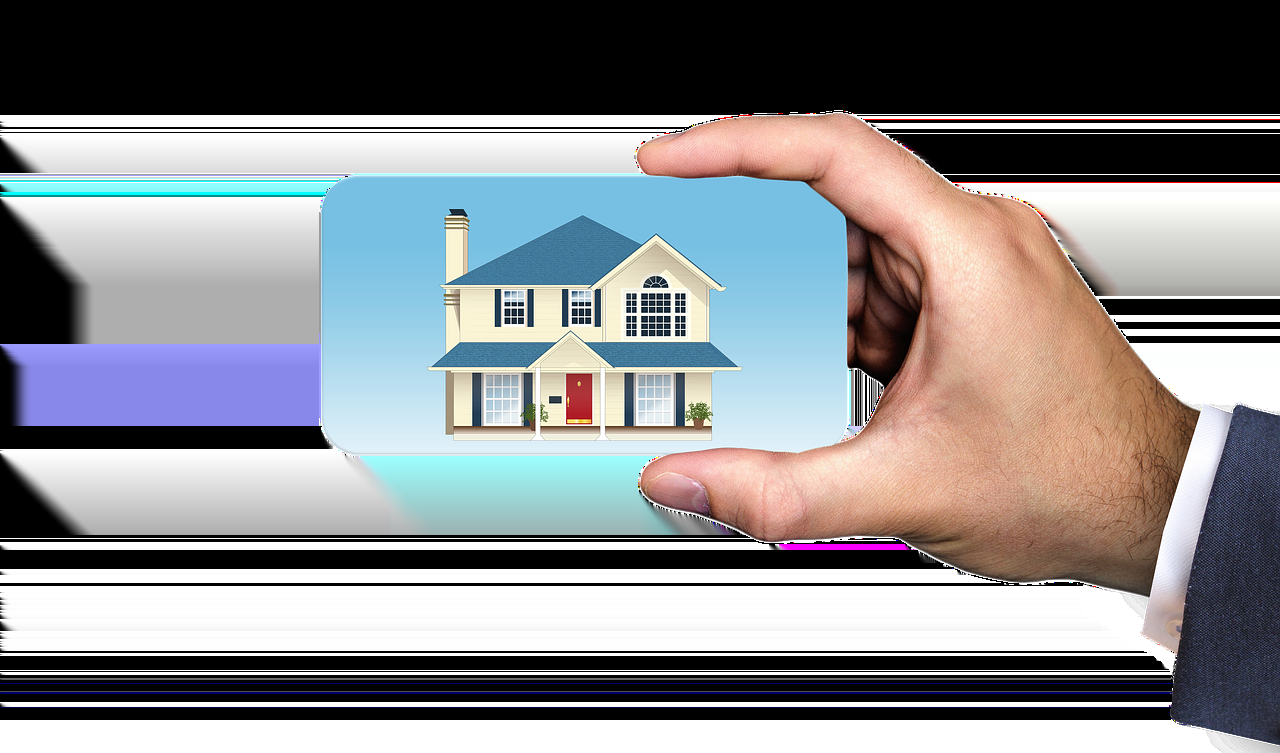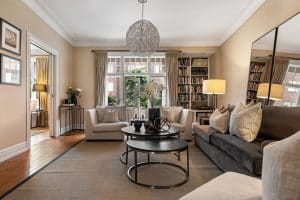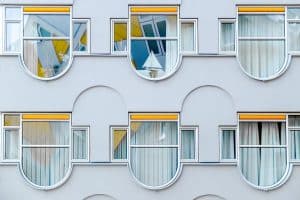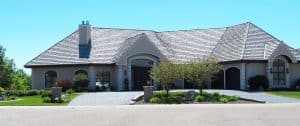The Rise of Passive House Design: Ultra-Efficient Living
In today’s world, where the impact of climate change is increasingly apparent, more and more people are turning towards sustainable living. As a result, the demand for energy-efficient homes has been on the rise. One of the most revolutionary designs in this regard is the passive house design, which is gaining popularity all over the world for its ultra-efficient living. In this article, we will explore the rise of passive house design and how it is shaping the future of sustainable living.
The Concept of Passive House Design
Passive house design refers to a building construction approach that aims to make a home ultra-efficient by significantly reducing its energy consumption. It is based on the principle of passive solar design, which utilizes the sun’s energy through passive means such as orientation, insulation, and air sealing. This approach significantly reduces the energy needed for heating, cooling, and lighting a home, resulting in lower utility bills and a smaller carbon footprint.
History of Passive House Design
The concept of passive house design originated in the 1970s in Germany when engineers and architects sought ways to mitigate the effects of the energy crisis. The first passive house was built in the mid-1980s, and since then, it has gained popularity and evolved into what it is today – a sustainable and energy-efficient way of living.
Why Passive House Design is on the Rise
The increasing demand for energy-efficient homes has been the driving force behind the rise of passive house design. As people become more aware of the adverse effects of traditional building practices on the environment, they are seeking alternative ways of living that are sustainable, cost-effective, and comfortable. Passive house design promises all of the above, making it an appealing choice for homeowners.
Energy Efficiency
The primary reason for the growing popularity of passive house design is its impressive energy efficiency. By utilizing various passive techniques, such as airtight building envelopes, high-performance windows, and natural ventilation, these homes consume significantly less energy compared to traditional homes. This results in lower energy bills and a reduced carbon footprint, making it an attractive choice for environmentally conscious individuals.
Comfort and Health Benefits
Passive house design aims to provide homeowners with a comfortable and healthy living environment. The airtight and insulated building envelope ensures a consistent indoor temperature, eliminating the need for heaters or air conditioners. This not only saves energy but also creates a comfortable and healthy space free from drafts, humidity, and outdoor pollutants.
Durability
Due to the emphasis placed on airtightness and insulation, passive houses are highly durable. This is because the airtightness prevents any moisture from entering the walls, preventing mold and other forms of deterioration. Additionally, passive houses are built to withstand extreme weather conditions, making them a wise investment for the long term.
Cost Savings
Though the initial cost of building a passive house may be higher than a traditional home, the long-term savings more than make up for it. Due to its high energy efficiency, homeowners save significantly on utility bills, reducing the overall cost of living in a passive house. Furthermore, many governments offer incentives and tax breaks for those who opt for energy-efficient homes, making passive house design even more affordable.
The Future of Sustainable Living
The rise of passive house design is a clear indication that the future of sustainable living lies in energy-efficient homes. As people become more environmentally conscious, the demand for such houses will only continue to grow. With advancements in technology and the increasing availability of sustainable materials, we can only expect to see even more innovative and advanced passive house designs in the future.
Global Impact
Passive house design is not just gaining popularity in a few countries, but it is a global phenomenon. As more and more countries adopt strict energy efficiency standards and regulations, passive house design will become the go-to solution for homeowners worldwide. This will have a significant impact on reducing global energy consumption and mitigating the effects of climate change.
The Need for Skilled Professionals
The rise of passive house design also presents an excellent opportunity for professionals in the construction and architecture industry. As the demand for energy-efficient homes continues to grow, there will be a higher demand for professionals with specialized skills and knowledge in passive house design. This presents an exciting career prospect for those interested in sustainable living.
Conclusion
With its significant energy efficiency, cost savings, and environmental benefits, the rise of passive house design is not surprising. As we strive towards a more sustainable future, this innovative building approach is shaping the way we live. With its countless advantages and its potential for global impact, passive house design is undoubtedly here to stay and revolutionize the way we think about living, one ultra-efficient home at a time.









